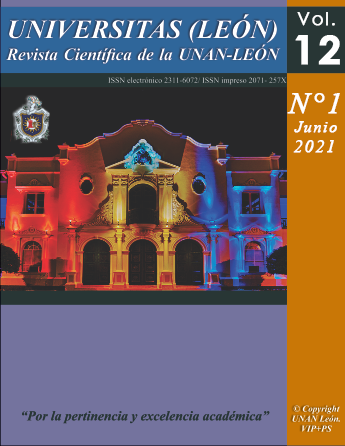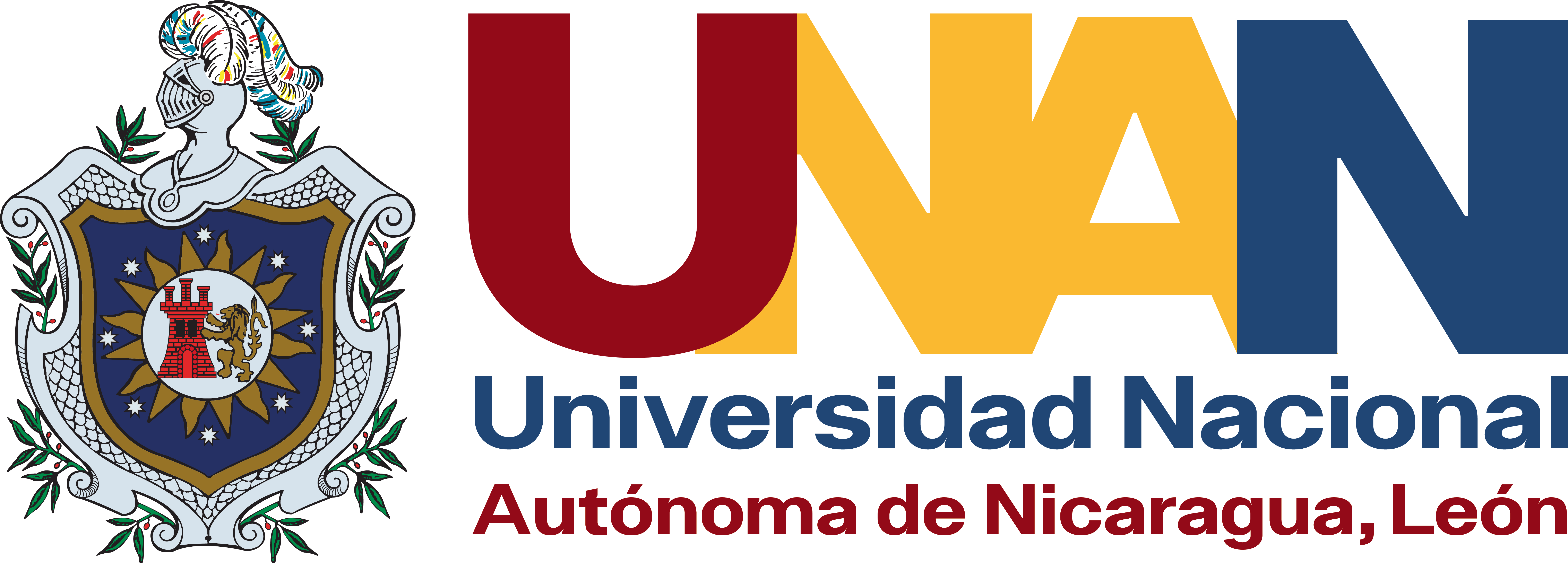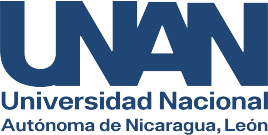Cultural and Linguistic Exchange between Ethnic groups of the Language and Literature Career, of the UNAN-LEÓN
DOI:
https://doi.org/10.5377/universitas.v12i1.16406Keywords:
Interculturality, customs, traditions, language, Caribbean Coast.Abstract
The Interculturality Policy of the Legislative Power states that interculturality consists of the definition and orientation of the processes in which the National Assembly establishes mechanisms for dialogue and communication based on respect for cultural differences, peoples, and knowledge to strengthen institutional development. , democracy, justice, ethnic pluralism, equality, respect and guarantee of Human Rights, strengthening the multi-ethnic nature of the Nicaraguan people within a unitary State.Coexistence between cultures is a struggle that is experienced every day from different contexts. Interculturality has among its indicators a sustained relationship through exchange. Therefore, the main characteristics of some of the ethnic groups of the Caribbean Coast of Nicaragua are presented, since many young people arrive at the National Autonomous University of Nicaragua - León, where they adopt different cultures when interacting with young people from other areas of the country.In order to know and learn a little more about their customs, traditions and language of origin, different activities were carried out such as: gastronomic coexistence, cultural club among others, where students of the Language and Literature career from the Caribbean area from Nicaragua shared stories, jokes, dances and food recipes from their place. Likewise, the investigative group shared: legends, dances and food from the city of León.The coexistence allowed to know the importance of cultural exchange for a better adaptation and communication with others, generating a better interaction between people. In addition, designing a manual of cultural elements, which was translated with the help of students in the Miskito
Downloads
References
Alavez Ruiz Aleida, (2014). Interculturalidad: Concepto, alcances y derecho; México. Centro de Producción Editorial del GPPRD.
Asamblea Nacional Nicaragua. (2015). Política de Interculturalidad del Poder Legislativo. Resolución J.D.N0 .07-2015.
Delgadillo Dávila, J. L y Lázaro Simeón, F. R. (2016). Comunicación Intercultural de los estudiantes de origen Mayangna que estudian en la UNAN- León, Nicaragua, estudio realizado en el periodo comprendido de marzo a octubre 2016. (Tesisinédita de licenciatura). Universidad Nacional Autónoma de Nicaragua-León.
Herrera Aráuz, T; Orozco K y Olivas G. (2012). Competencia lingüística: una necesidad de los estudiantes mayagnas y miskitos becados internos de la UNÁN-León, en el período del I semestre del año 2012. (Tesis inédita de licenciatura). Universidad Nacional Autónoma de Nicaragua-León.
James Melvin. (2012). El idioma de los Ulwa duerme, no está muerto ni olvidado: cuaderno cultural Ulwa 7/… [et al]. 1ª ed--- Managua: CRAAN.
Melgara Dionisio Francisco Brown. (2008). Las palabras del miskito: EI diccionario Espanol-Miskito, Miskito-Espanol, 1ra Edición.
Salamanca Danilo. (2008). EI idioma miskito: estado de la lengua y características tipológicas, Centro de Investigaciones https://doi.org/10.15359/rl.1-43.6 Documentación de la Costa Atlántica (CI DCA) Universidad Centroamericana de Managua (UCA), Nicaragua. P.9
Urbina Moncada Miguel. 2004. Gramática Pedagógica Miskitu. Bilwi Puerto Cabeza, Región Autónoma Atlántico Norte,Pp. 13
Downloads
Published
How to Cite
Issue
Section
License
Copyright (c) 2021 National Autonomous University of Nicaragua

This work is licensed under a Creative Commons Attribution-NonCommercial-ShareAlike 4.0 International License.
Copyright © 2025 Universitas (León), Revista Cientifíca de la UNAN-León. Academic Direction. Research Department. Publication and Scientific Event Unit.










